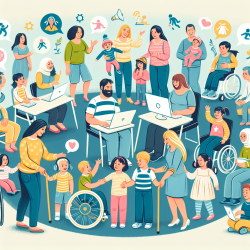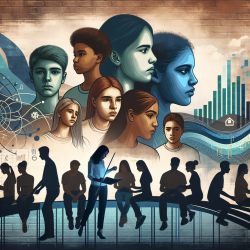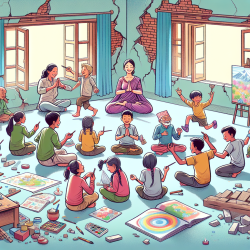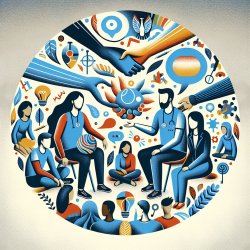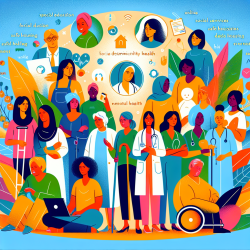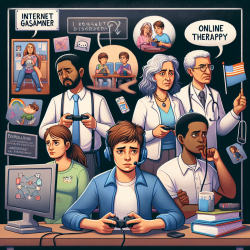Introduction
In the digital age, social media has become a pivotal platform for teens, especially Black teen girls, to explore romantic relationships. The research article "How Black Teen Girls Navigate Social Media to Form Romantic Relationships" offers profound insights into how these young women utilize various platforms to vet potential partners. This blog aims to guide practitioners in leveraging these findings to enhance their skills and encourage further research.
Understanding Social Media Dynamics
The study reveals that Black teen girls use different social media platforms for specific purposes in their romantic partner selection process. Instagram is favored for assessing a potential partner's personality and lifestyle through photos, while Twitter is used to gauge political leanings. Snapchat offers a less curated glimpse into daily life. Practitioners can use this knowledge to better understand the social media landscape and its impact on the teens they work with.
Key Themes and Their Implications
- Platform-Specific Information Gathering: Encourage practitioners to discuss with teens how they use different platforms and what information they seek. This can help practitioners understand the teens' values and priorities in relationships.
- Social Media Scouting Rules: Black teen girls follow unspoken rules to avoid appearing "thirsty." Practitioners can use this to discuss online behavior and self-presentation with teens, fostering a safe space for them to express their concerns.
- Detecting Partner Qualities: The ability to discern partner qualities through social media is a skill that practitioners can help teens refine. This involves discussing what traits are important and how to identify them online.
- Experiences of Racism and Bias: Black teen girls face unique challenges, including racism and cultural invalidation. Practitioners should be aware of these issues and provide support and resources to help teens navigate them.
Encouraging Further Research
While the study provides valuable insights, it also highlights the need for more research on the unique experiences of Black teen girls in the digital dating landscape. Practitioners are encouraged to engage in or support further research to develop culturally tailored interventions that address the specific needs of this group.
Conclusion
By understanding the dynamics of social media use among Black teen girls, practitioners can better support their clients in forming healthy romantic relationships. This involves recognizing the challenges these teens face and empowering them to make informed decisions. For those interested in delving deeper into the research, the original paper offers a comprehensive exploration of these themes.
To read the original research paper, please follow this link: How Black Teen Girls Navigate Social Media to Form Romantic Relationships.



